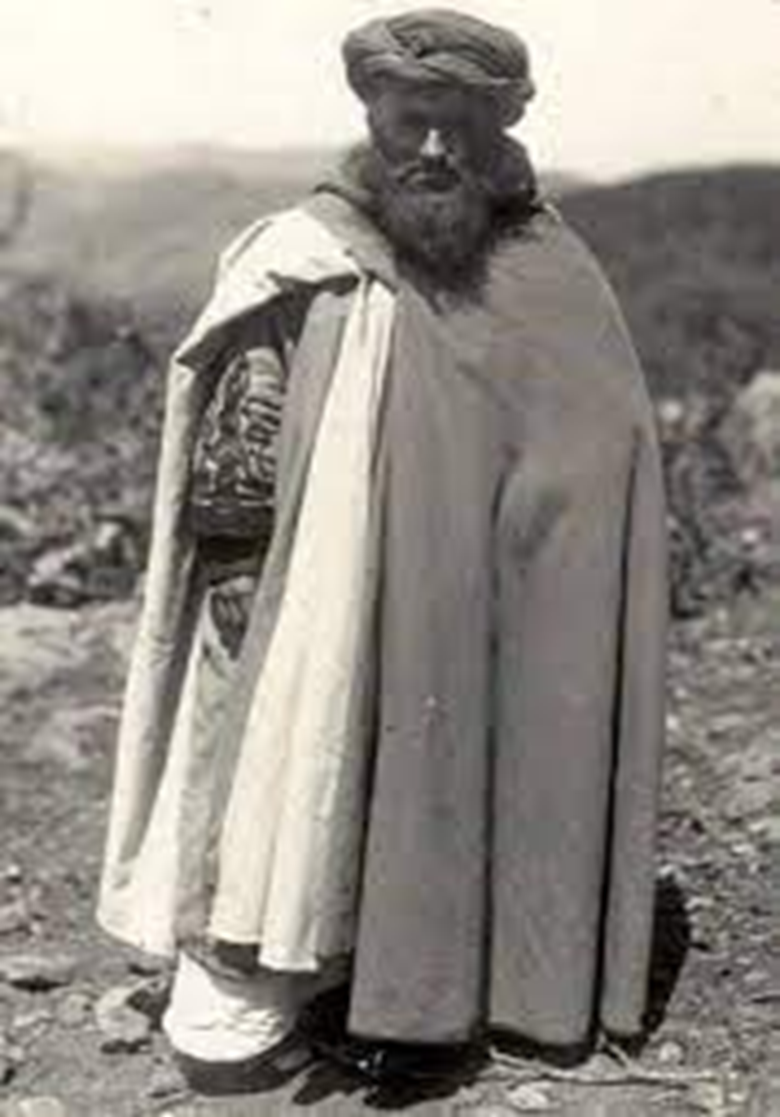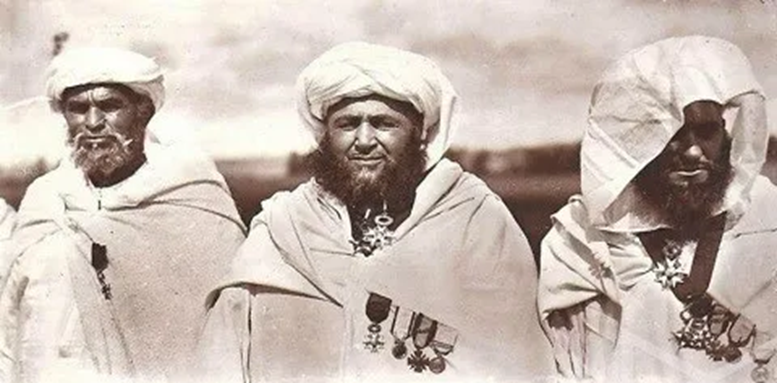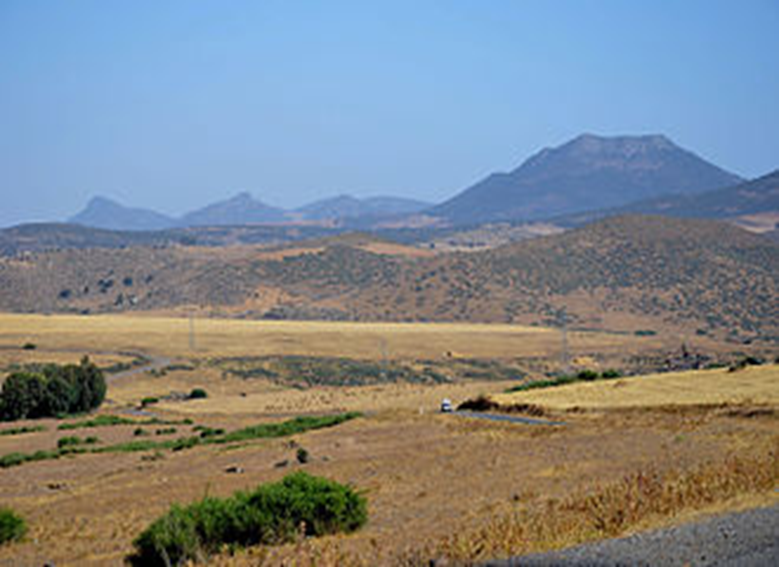Moha u Hammou Azayi in a new light

As part of its scientific activities, the Center for Historical and Environmental Studies organized a round table to present the work of Mrs. Fatima Amahzoune entitled : Moha Ou Hammou Zayani Amahzoune: The saga of a great warrior (1857-1921), in the presence of its author. The book was presented by Mr. Ali Bentaleb, Director of the Center for Historical and Environmental Studies, and Mr. Hammou Belghazi, sociologist at the Center for Anthropological and Sociological Studies. Moderation was provided by Mr. Moha Moukhlisof the Communication Department, on Thursday May 11, 2023 at 3:00 p.m., in the Board of Directors room, IRCAM headquarters. We publish, below, the intervention of the sociologist researcher Hammou Belghazi.
It is with great pleasure and a lot of attention that I read Fatima Amahzoune's book, dedicated to her grandfather Moha u Hammou Azayi (1857-1921), an emblematic figure of the Middle Atlas and a person fascinating part of the history of contemporary Morocco.
I must say that this 346-page book is a valuable contribution to highlighting certain aspects of local Amazigh history and culture. Ms. Amahzoune deals with a set of facts and events that occurred in the Middle Atlas and spread over a fairly long period, almost a century. That is to say before, during and after colonization.
The historical events and socio-cultural facts discussed in this book are the product of actions that are sometimes combined, sometimes opposed. Actions performed by individuals (Moha u Hammou and members of his lineage), groups (tribes and tribal confederations) and official institutions (Makhzen and protectorate).

On most of these events and facts, the book contains a lot of data. Its author very often descends into detail, towards the infinitely small. Such proliferation is not due to chance. It is explained by the diversity of the sources of information mobilized for the making of the book. There are written sources and oral sources.
The written sources consist of books, background and press articles, archives, correspondence and sultanian dahirs… The oral sources are composed of poems, legendary stories, proverbs, anecdotes, jokes and testimonies.
To these various sources of information are added, for illustration, geographical maps, genealogical tables, photographs and epitaphs.
The collection and use of all this data, in particular testimonies, show the quality of the author's know-how in terms of field investigation. The results of his research show in a different light a series of historical events and facts, the most imposing of which is obviously the famous battle of Lehri, near Khenifra. Battle where Moha u Hammou and his "army" of brave warriors made the occupying forces suffer a bitter failure, a first in the history of the French colonial war.
In addition, F. Amahzoune's work is based on a socio-anthropological description and analysis of the social and cultural facts covered, namely hospitality, the culinary arts, costume, carpets, festivals, ancestry and religion. These axes or these themes, according to a personal survey, carried out in 2012, are the criteria by which the Imazighen of the region of Zemmour and the Middle Atlas define their cultural identity.

In addition to the field survey, the book is characterized by a quality ethnographic dimension. The author has carried out a meticulous description of the habitat, the distribution of tasks, a description of the jewellery, the kitchen utensils, the preparation and content of the meals, the education of the children, the relational network intra- and interlining, of the conduct of the Amghar and his descendants, etc. In this regard, the book is a source of information for researchers in sociology and anthropology.
What is also striking in this text is the author's concern to be objective. Indeed, his objectivity manifests itself in various situations, even in the case of those close to him. When Fatima Amahzoune paints the portrait of an uncle or a cousin, she recounts his laudable actions and his blameworthy actions. But who says objectivity, says subjectivity
We cannot talk about one without mentioning the other. They are two related things like order and disorder. In this book, the reader will find subjective passages. In a sense, the subjectivity of the author is completely normal, even legitimate. Legitimate insofar as the object of the book is part of the approach that in socio-anthropology is called the methodology of relatives .
This methodology consists in treating the research objects from the inside. It is in fact a method that allows access to a maximum of spontaneous and reliable data and information. This approach is one of the strengths of the book. This, to my knowledge, is the first work of its kind on Mouha u Hammou Azayi.
In terms of form, the book is characterized by a pleasing to read style; an attractive, dynamic and sustained style. Even more, a style punctuated with expressions or paragraphs relating comic situations, sometimes satirical. This relaxes the heavy atmosphere produced by the account of the tragic events of the time, in the forefront of which is the tragedy of Lehri.

HAMMOU BELGHAZI (Chercheur à l’IRCAM)
In short, Fatima Amahzoune's book, after reading, turns out to be rich in data and information on the societal system of the Middle Atlas, through the saga of Mouha u Hammou Azayi. It is a book that can bring a lot for researchers in social sciences, who are interested in the study of Amazigh history and culture.
Source : websites

